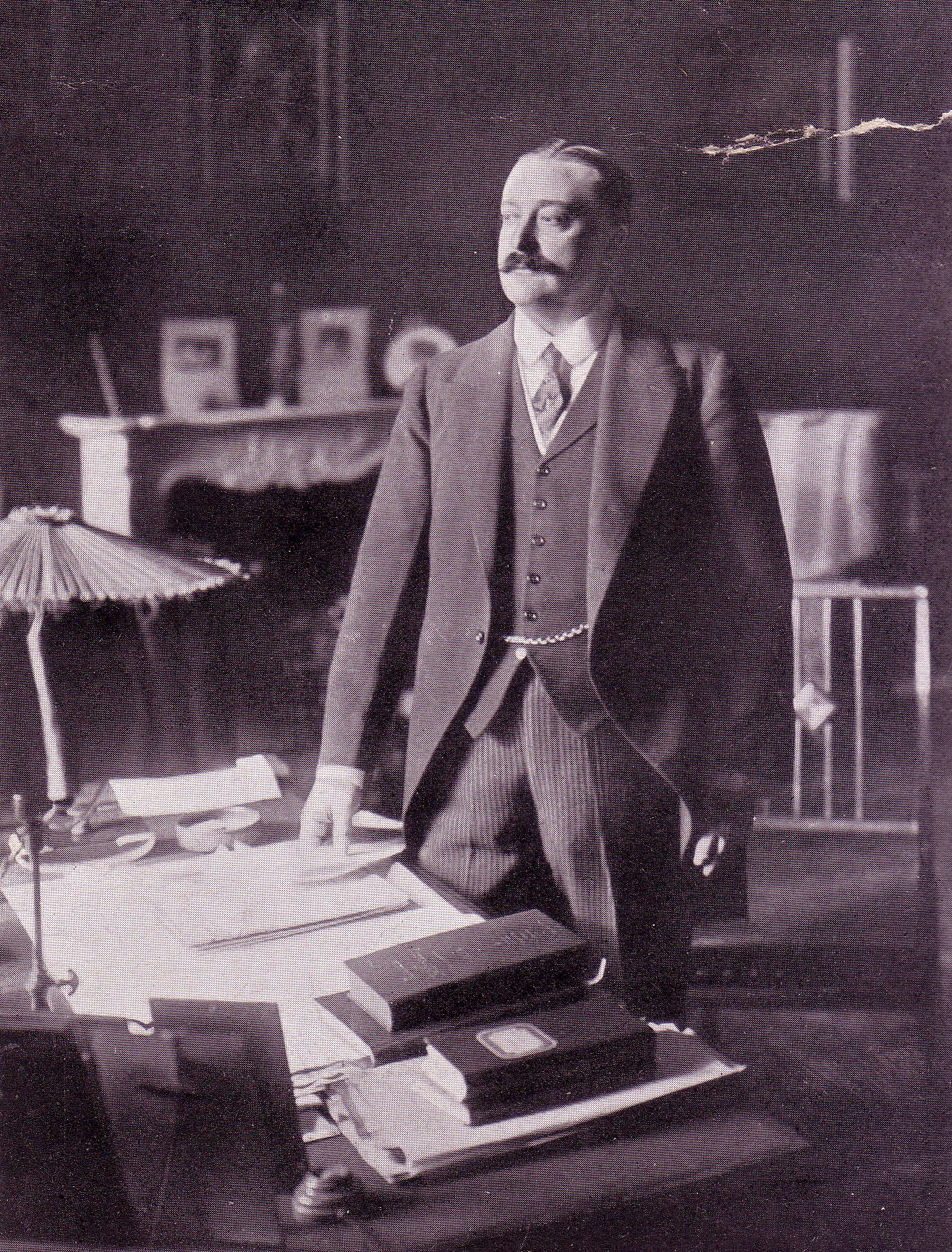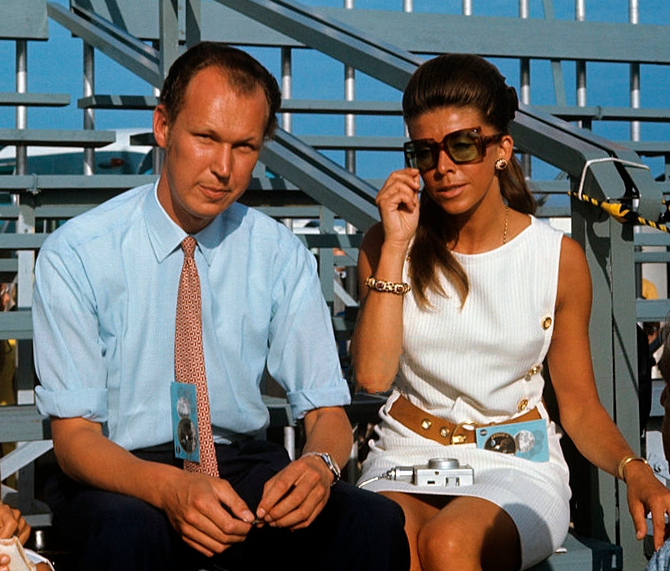 |
| Our "newest" photo of historic Marshallton |
Frequent readers of the blog will know that something I really enjoy is coming across "new" or "lost" old photographs of the area. In the decade or so I've been doing this I feel that I've seen most of the historic pictures out there, but once in a while I'll find (or more likely, as in this case, someone will send me) something I've never seen before. (Of course, like the "New World", these are only new because
I was unfamiliar with them.) A recent example of this is an old postcard bearing a photograph of Marshallton, which is both very similar to others we've seen and at the same time, different. As a bonus, I've been able to piece together the very sad story of the recipient of the card.
First, though, we'll start with the picture itself. Like several others we've seen, it was taken on the NW side of Red Clay Creek, near the intersection of Greenbank and Duncan/Newport Roads. The photographer was looking up Duncan Road toward where Kirkwood Highway is now. Greenbank Road runs right/left, the wall you see is the small bridge over Ham Run, and the bridge over Red Clay would be behind you. Below is a current view from approximately the same place. The house on the left in the modern view was around for the old picture, but is obscured by the now-lost house that stood on the corner.
The Bellew-Cain House further up Duncan Road can be seen in the old shot (bright white in the middle), but is obscured by trees in the new. Everything else visible in each shot is not now or was not then standing.
 |
| Current equivalent view to the postcard |
That being said, as noted, we
have seen other old photographs of the same area. The first photo below is taken looking back towards the location of our photographer. The house on the right there is the house on the left in our "new" picture. The next two, though, are even more interesting. The middle photo shows the home and general store of Mattie McCullen (remember that name). The end of it can be seen on the far right of our new photo. The bottom postcard is a view looking up Greenbank Road toward the mill, with McCullen's Store again visible on the left.



As I was looking at the newest photographic find one day, I realized that these three photos (new and bottom two) were taken in the same era, and from almost the same place. I started playing around with the idea of stitching them together to create a panoramic view of the area, circa 1910. While I'll take credit for coming up with the idea, I give full credit to Tommy Gears for perfecting it. After a few back-and-forths, Tommy came up with the image below. It's a combination of all three photos, showing what the main intersection of the village of Marshallton looked like over 100 years ago. I think he did a fantastic job. I suggest clicking on it to view it in all its glory.
 |
| Panorama view of Greenbank-Duncan intersection, courtesy Thomas Gears |
That pretty much covers the image itself. However, keep in mind that this was a postcard, sold by Newark photographer Ed Herbener. We know that from the reverse side of the card, seen below. It has a name and an address (well, what sufficed for an address at the time), but no postage or postmarks. That means it was probably just given to the recipient, not mailed. The recipient was Miss Irene McCullen of Marshallton. (
It may read "Irena". If so, perhaps she was called Irena, but I'm sure it was Irene McCullen.) Irene was, in fact, a Marshallton native, with connections to several sites. The story of her and her family is also a tragic one.
 |
| Reverse side of the postcard |
Irene McCullen was born in Marshallton on March 21, 1894, the daughter of Thomas and Addie Barton McCullen. Addie's uncle was David Ecoff, owner of the store in the brick "Town Hall" building that now houses Events Unlimited -- just out of frame to the left of or picture. Thomas' brother William and wife Mattie ran the store on the right edge of our photo. That's probably Irene's aunt and grandmother on the porch in the store photo. Irene would have been very familiar with the scene portrayed on the postcard. It could even have been Mattie who gave it to her. The McCullen family was rounded out by another daughter, Marion, born in February 1898. In 1903, the two girls (who were nine and five at the time, despite what the notes say) wrote cute letters to Santa which were published in the News Journal. I'm not sure if that helps what comes next, or makes it worse. Sorry.
 |
| Letters to Santa from Irene and Marion McCullen, 1903 |
Thomas McCullen was an engineer for the Baltimore and Ohio Railroad, and sometime during the aughts the family moved to southwest Philadelphia (oddly enough, only a block from where my wife's grandparents would move to about 20 years later). In October 1909, 37 year old Addie McCullen died of tuberculosis. Sadly, she would not be the last. Three years later, Irene succumbed to the same ailment on January 18, at the age of 17. 1912 started out bad for the McCullen family, but would only get worse.
 |
| The accident that killed Thomas McCullen |
At the end of May, the locomotive Thomas was driving was struck by lightning in South Philadelphia, derailed, and overturned. The conductor was crushed to death and Thomas received fatal scalds. He died on May 31. That left only Irene's little sister Marion, though sadly not for long. Perhaps weakened by the loss of her family, perhaps because she was susceptible to it, in August 1912 Marion also died of tuberculosis. All four members of the family gone within three years -- three of them within seven months. Yes, I realize this post about a cool old photo postcard of Marshallton turned dark awfully quick. Again, sorry. To make up for it, I'll leave you with this cute little picture of puppies.
 |
| See? So cute! And none of them probably died of tuberculosis |











.jpg)































.jpg)



